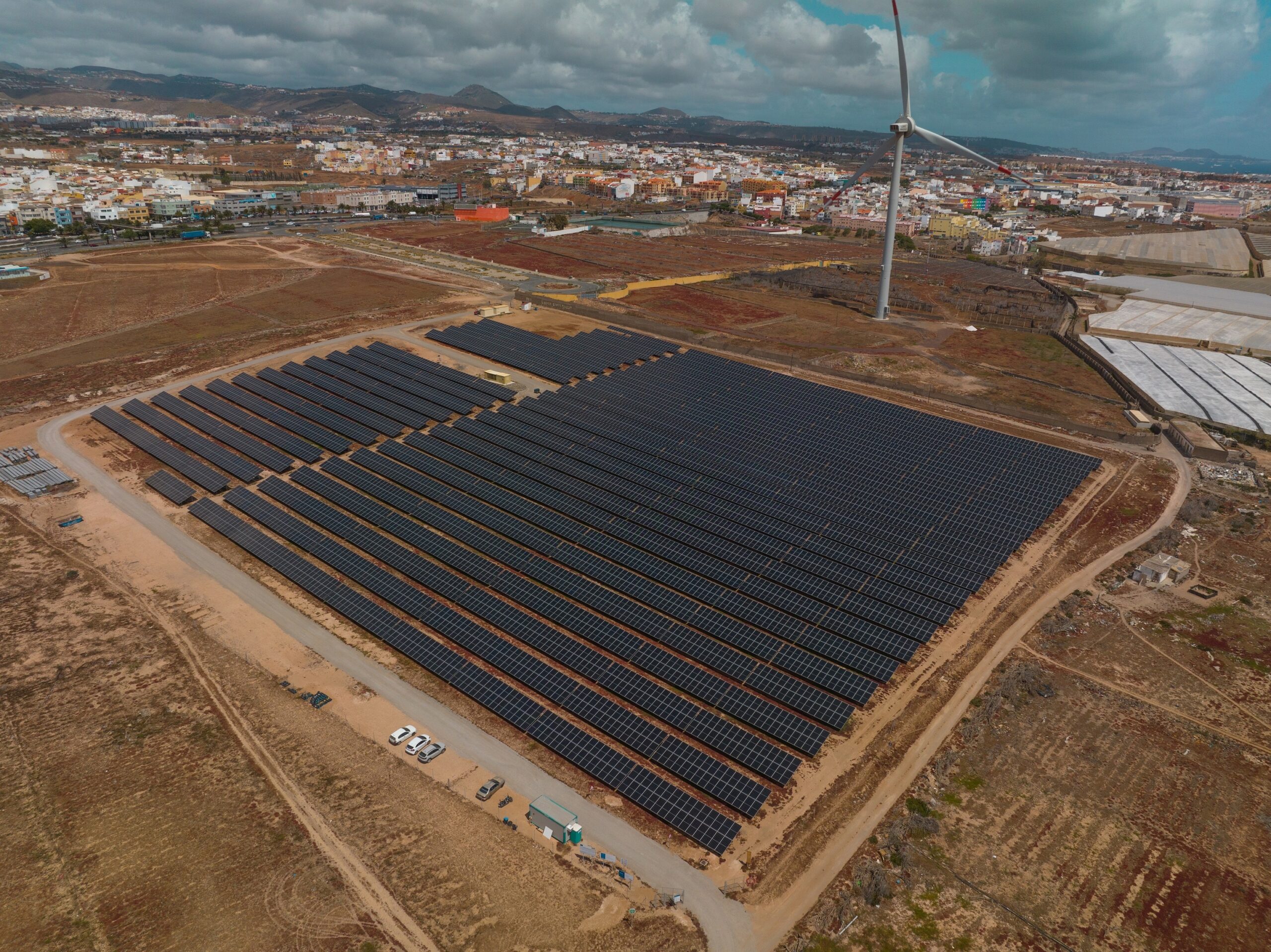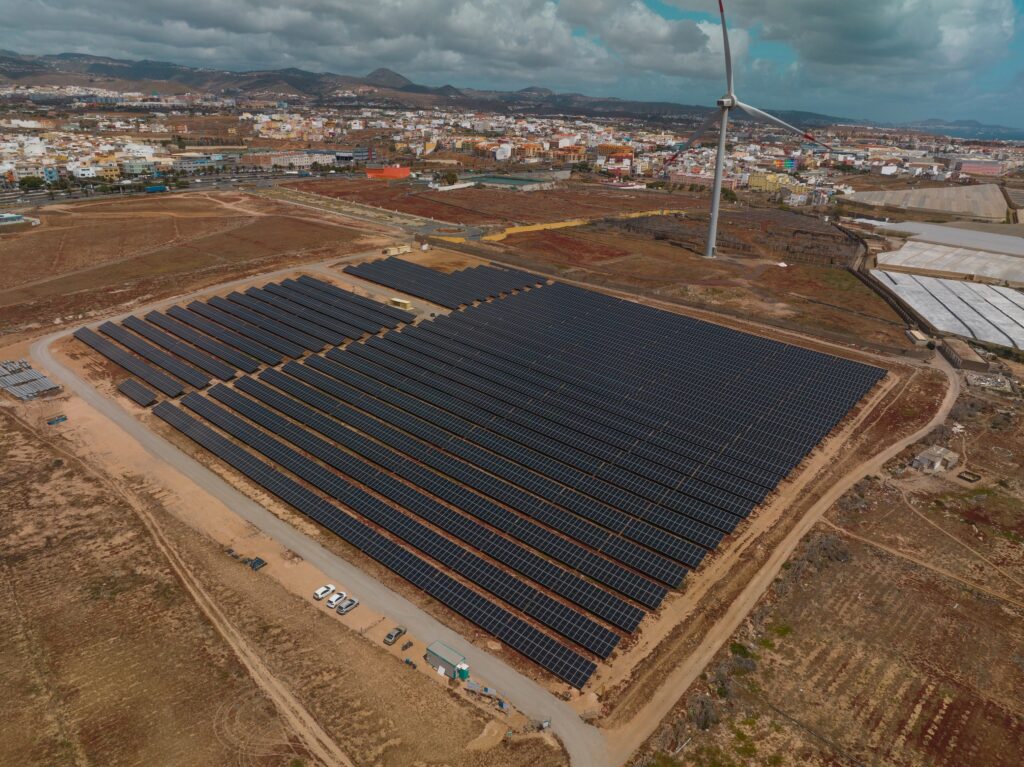Naturgy has commissioned Salinetas, its inaugural photovoltaic plant in the Canary Islands. Situated in the town of Telde, Gran Canaria, and backed by a €5.2 million investment, this new facility enables the energy company to reach 100 MW of renewable energy in operation. Additionally, there are 45 MW more currently under construction.
The plant adds 4.2 MW of installed capacity to the Canary Islands energy grid, generating 7.2 GWh annually, equivalent to the yearly energy consumption of over 2,000 homes. This output will significantly decrease annual CO2 emissions by more than 4,800 tonnes.
The facility comprises over 7,700 photovoltaic modules and has created approximately 20 direct and indirect jobs throughout the construction, operation and maintenance phases.
Following the commissioning of Salinetas, the company aims to finish the construction of 10 additional photovoltaic projects in the next few months. In total, these projects will contribute an extra 45 MW to the archipelago’s energy capacity.
These photovoltaic projects are in addition to Naturgy’s 12 wind farms in the Autonomous Region, boasting a total installed capacity of 94.8 MW. Naturgy is also pursuing the development of other photovoltaic and wind projects, demonstrating its strong commitment to the energy transition in the islands.
The new solar park is the initial outcome of the first photovoltaic capacity auction financed by ERDF funds (SolCan), with a capacity of 44 MW, where Naturgy emerged as the top bidder. Additionally, in the second wind capacity auction, also funded by ERDF (EolCan2), Naturgy secured the second-largest allocation with an additional 20 MW of capacity.
Environmental intervention on the site
Actions on the Salinetas site has involved efforts to regenerate the area. The solar plant was built on land that had once been abandoned farmland but had transformed over the years into a landfill for soil, construction debris, and various types of waste. Prior to the park’s construction, a thorough clean-up operation was conducted across the entire affected area. This process included the removal of all existing external waste as well as the top layer of soil contaminated by the weathering of these materials.
Following the plant’s construction, an environmental restoration plan was also initiated in all temporary occupation zones. This plan included topographical restoration to reshape the terrain, promoting seamless integration of the plant into the surrounding landscape. Additionally, the ground was prepared for natural revegetation through processes like decompaction and scarification.
These activities were conducted alongside the cleaning and removal of large rocks and stones. Finally, as part of the environmental integration efforts, the fencing around the plant was specifically designed to enable the passage of small wildlife, ensuring the plant’s connectivity with the surrounding environment.
Commitment to Energy Transition
Naturgy is working to boost its role in the energy transition and decarbonisation. The company boasts an operational renewable capacity of nearly 5.7 GW on the global scale.
In Spain, the company is currently constructing some 30 wind farms and photovoltaic plants. These initiatives will contribute nearly 1 GW of installed capacity to the group’s portfolio by the end of 2024.
Investments in renewable energies over the last few years confirm the company’s strategic shift towards a more sustainable energy mix and its commitment to the energy transition. All this without ignoring the fundamental objectives of value creation and growth for each of its businesses, or the ESG goals.

